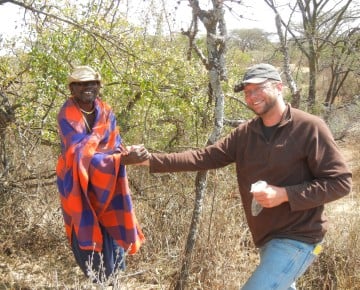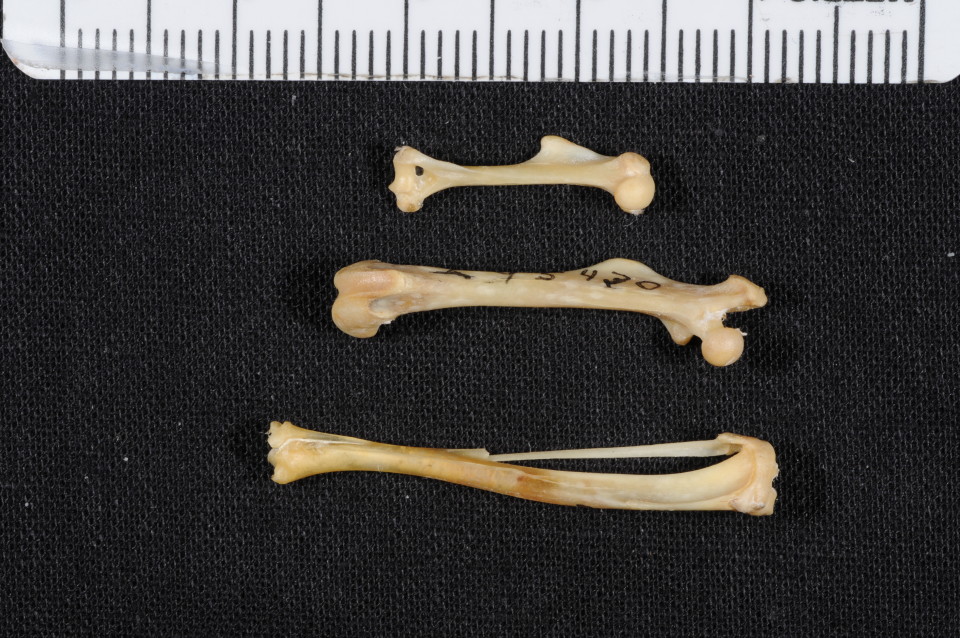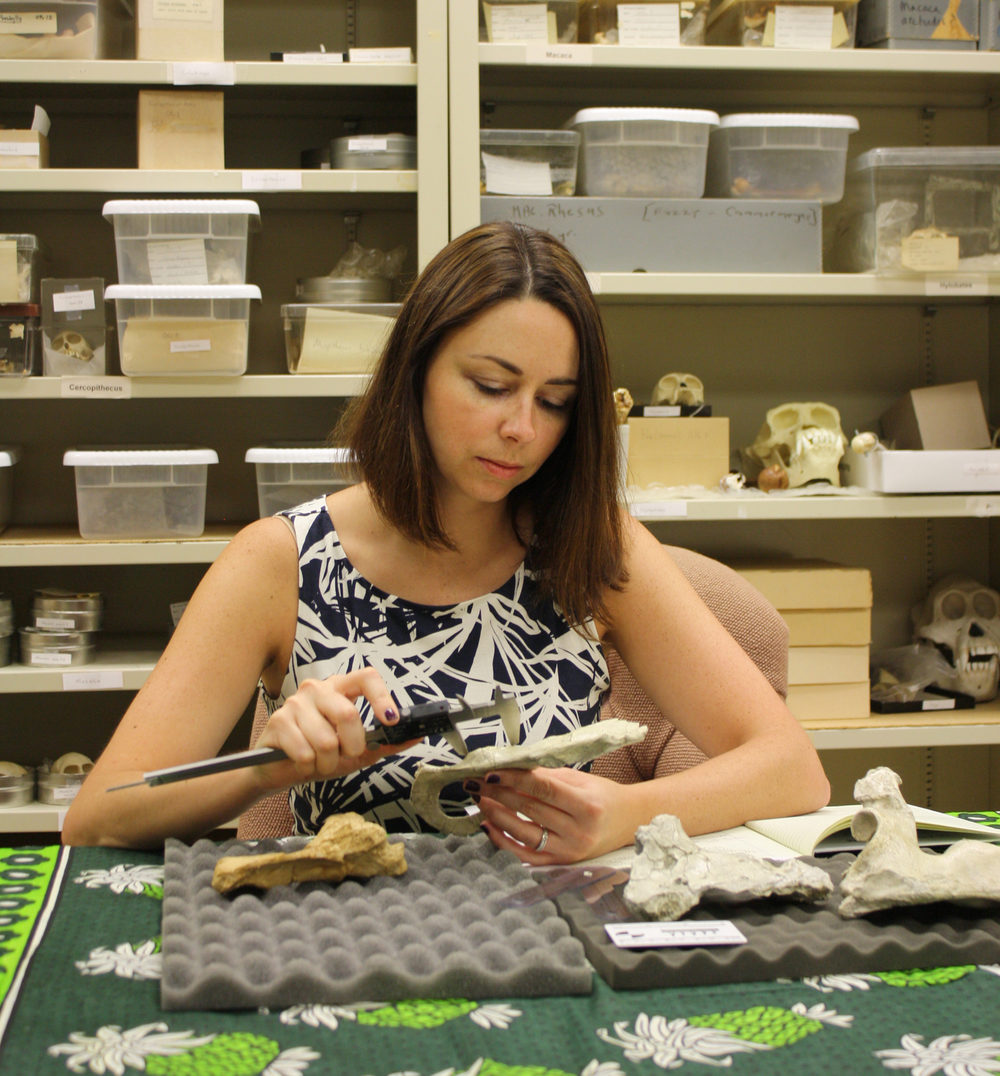Grantee Spotlight
Timothy Campbell, PhD candidate at Texas A&M, was awarded a Leakey Foundation Research Grant during our fall 2015 cycle for his project entitled “Paleoenvironmental reconstruction of Sterkfontein and Swartkrans using rodent postcrania.”

Many theories of hominin behavioral and morphological evolution have focused on the environments occupied by early members of our lineage in order to provide an adaptive context for major evolutionary events. One way in which past environments are inferred is through analyses of the fossilized fauna found at sites. In many of these studies researchers will either study recovered fossilized cranial and dental remains in order to reconstruct past faunal community composition or study the postcranial remains of larger taxa within an ecological functional framework. While studies of craniodental remains from smaller taxa, such as rodents, have also contributed to our understanding of the past, analyses of their postcrania have lagged behind those of other groups such as African antelopes.

As such, my study will assess whether analyses of African rodent postcrania can provide useful data for paleoecological and paleoenvironmental reconstructions. First, I will test if modern rodent postcrania can be used to identify what genus and species are present, and if they can be used to reconstruct past rodent faunal community composition. Second, I will test if modern rodent postcrania can be analyzed within an ecological functional framework to reconstruct past environmental conditions. The correspondence in environmental signals obtained between these two approaches will then be assessed. After compiling a modern comparative dataset I will then analyze the rodent fossilized rodent postcrania from the hominin-bearing sites of Sterkfontein and Swartkrans in duel taxonomic and ecological functional based analyses in order to test previously proposed signals utilizing other proxy data, including rodent craniodental remains. In conclusion this study will improve our ability to reconstruct past environments associated with early hominin remains through analyses of a currently underutilized source of data, rodent postcrania, and will help clarify the environmental context at two sites important to our understanding of human evolution.



